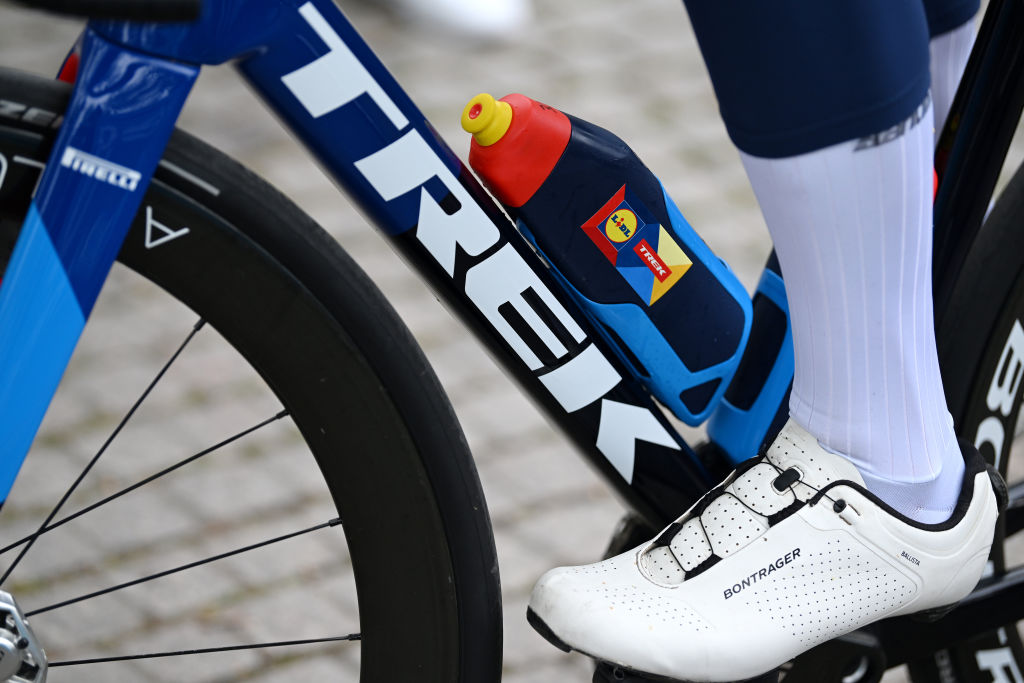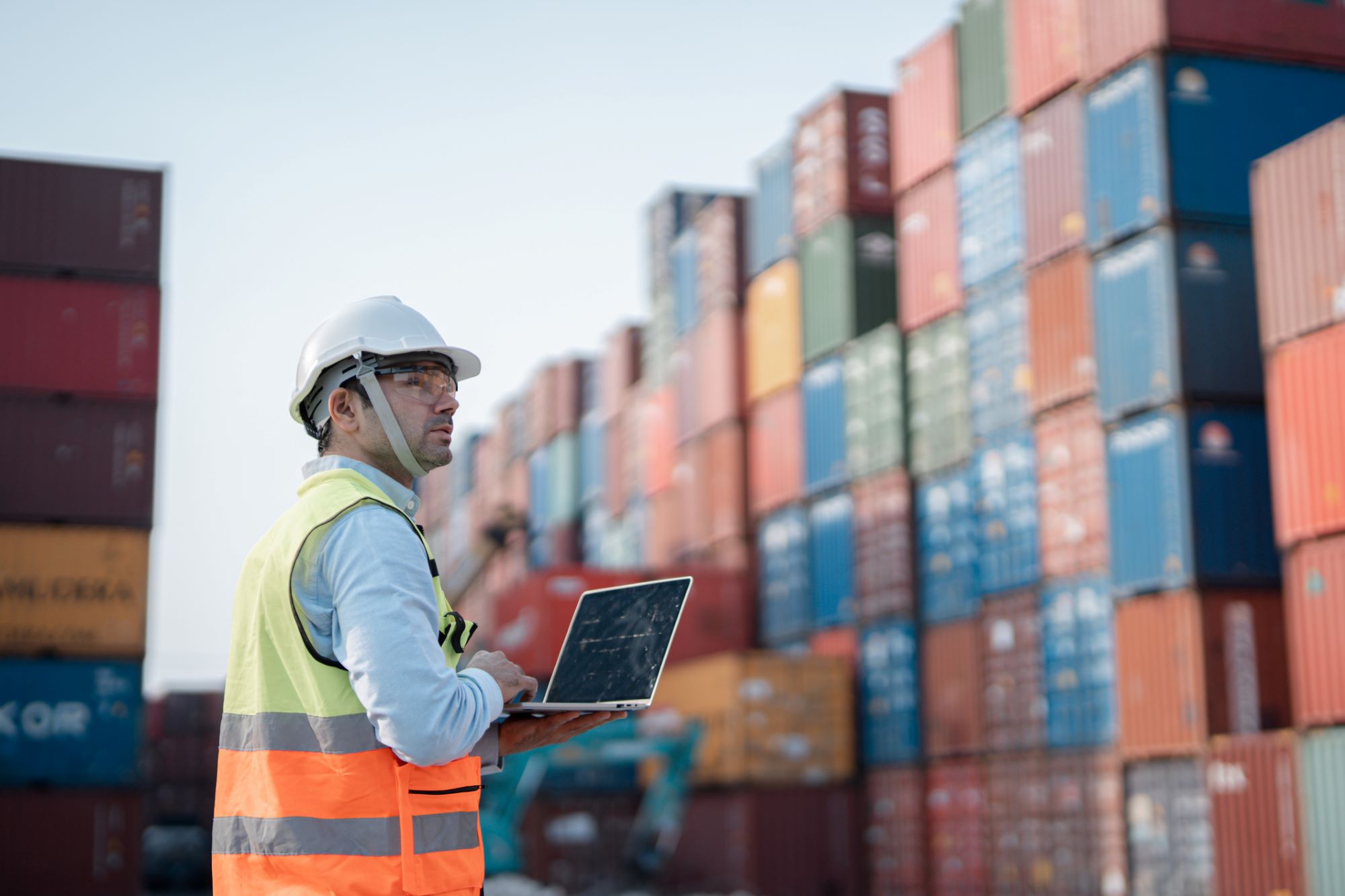
If there was one word on the lips of every brand representative at this month’s Sea Otter Classic, North America’s largest cycling expo, it was 'tariffs'.
Under U.S. President Donald Trump’s newly announced “Liberation Day” tariffs, all countries now face a 10% baseline tariff on imports. But goods from China and Taiwan—home to the vast majority of global bike manufacturing— are being hit hardest. China now faces a total import tariff of up to 54% and Taiwan’s imports face a similar 52% in total duties.
The consequences of these tariffs are already beginning to ripple through the bike industry, and some of the biggest names in bikes are among the first to respond with price hikes. For consumers, it’s a sign of what’s likely to come: more expensive bikes, fewer choices, and shrinking margins for both retailers and riders.
Trek and Specialized Inform Retailers of Price Hikes

Last week, industry leaders Trek and Specialized notified their networks of upcoming price changes as they brace for the choppy waters of the U.S.-China trade war.
On Thursday, Trek notified its retailers of immediate price increases across “most” of its product lineup — including backordered items and Electra-branded bikes. That means even bikes that have already been ordered but not yet delivered will carry higher price tags.
According to an email obtained by Bicycle Retailer, Trek said that costs have reached a level that "needs to be addressed" and that including backorders in the hike was a way to avoid a "run on the bank" as dealers rush to secure pre-tariff inventory. Trek, which manufactures bikes in Germany, China and Taiwan, stated it is trying to minimise the increase on entry-level models to keep cycling accessible.
Specialized, meanwhile, is taking a more transparent and blanket approach. Instead of quietly folding tariff-related costs into retail pricing, the brand will introduce a separate 10% “tariff surcharge” as a line item on business-to-business (B2B) invoices starting May 1.
Consumers shopping online will also see the surcharge clearly itemised at checkout. Specialized says this method gives the company more pricing flexibility while helping riders understand exactly where their money is going. The surcharge will first appear on sales of the newly released Turbo Levo 4 electric mountain bike, with potential expansion to other products in the near future.
Trek and Specialized aren’t the first to react with price increases. Back in March, State Bicycle Co. was quick to respond to the changing tariff policies. The Arizona-based brand, known for its wallet-friendly bikes and accessories, manufactures all its products in China and Taiwan, leaving it vulnerable to the full force of the tariffs.
“We’ve been paying, and absorbing,” the company wrote. “We’re talking about raising prices around 5% because unlike some companies we actually feel bad when we have to charge more. Not getting political, just stating facts. We’re raising prices.. Thank the trade war and tariffs.”
Boutique children’s bike manufacturer, Early Rider, also raised its prices in March, citing the same reasons: rising tariffs and logistics costs.
“We’ve held off as long as we can, but rising tariffs and logistics costs have caught up with us. We have to adjust our prices to keep building no-compromise bikes and offering top-tier support,” Early Rider shared in a statement.
Limiting US releases

While big companies like Trek and Specialized may be able to weather the storm with a 10% price increase, smaller companies may not be so lucky. Cycling Weekly is hearing from brands who are taking a different approach: scaling back U.S. distribution or even exiting the market for certain products or price points. For these brands, the math simply doesn’t add up under the new tariffs.
A few industry representatives told Cycling Weekly that they’re opting for limited releases—or not releasing certain models at all—because the added cost makes them unsellable in the U.S. market.
When a company in the U.S. imports a bicycle or bike part from abroad, it must pay the tariff upfront when the product arrives at the border. That cost is then passed along the supply chain, often ultimately affecting the consumer.
"Most people think of the tariff as a 'shipping fee' — it's not," one brand representative lamented.
As of April 2025, the U.S. has reinstated and expanded tariffs on many Chinese-made goods under the Trump administration’s “Liberation Day” policy. Bicycles and components from China already carried a 25% Section 301 tariff imposed during Trump’s first term. Under the new policy, an additional 10% blanket tariff is applied, bringing the total tariff to 35% on most Chinese bike imports.
In addition to these tariffs, bicycles and frames are subject to a standard import duty of 11% to 14%, depending on the product type and classification. When you add the 35% tariff and the standard import duties together, the total tax on a Chinese-made bike can now reach 49% or higher.
For example, say a bike costs $500 to import from China. The 35% tariff adds $175, the 14% duties and fees tack on another $70 so that $500 bike now costs $745. This is before it even gets to a warehouse or retailer—and does not include freight, storage, labour or marketing costs.
These inflated costs make importing lower-priced items or smaller brand names into the U.S. unfeasible.
“Anyone whose majority product comes from overseas will be forced to shut down shop very shortly if it doesn't change,” a brand rep said.
Between the political turmoil and ever-changing trade policies, there is considerable uncertainty. However, these initial responses from the bike industry signal that the industry is being forced to adapt, whether through price increases, limited releases, or a total restructuring of supply chains.
Whether this tariff wave leads to renewed domestic manufacturing, lasting price inflation, or a shakeup in the brands and products available on U.S. shelves remains to be seen. But the industry is certainly in motion.







